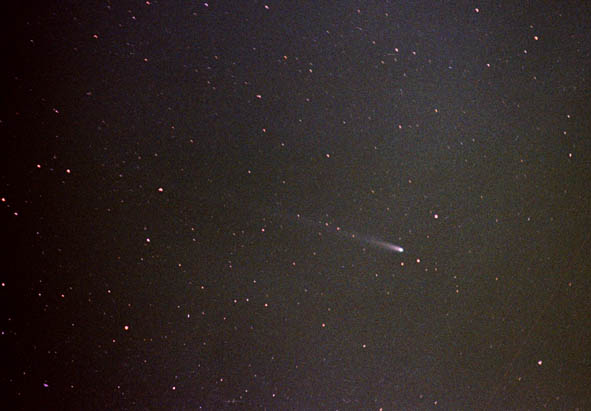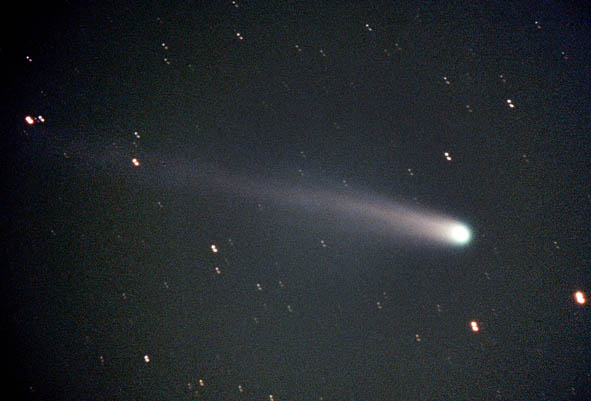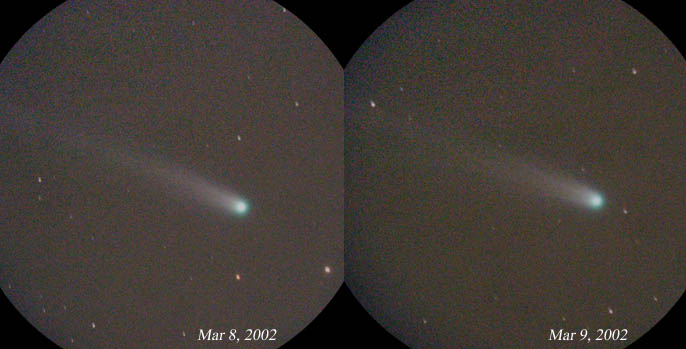
 |
| Date & Time: | Mar 8 2002, from 19:06 to 19:32 JST(+0900) |
| 3 images composed with 10min. exposed | |
| Optical: | TAMRON SP f=180mmF2.5, Aperture: F3.5 |
| Auto-guided with TAKAHASHI EM-200 Equatorial | |
| Camera: | VIXEN VX-1 |
| Film: | Konicacolor New Centuria 800 |
| Location: | Ooizumi vil., Yamanashi pref. |
 |
| Date & Time: | Mar 8 2002, 19:06 to 19:16, 19:20 to 19:30 JST(+0900) |
| 2 images composed | |
| Optical: | VIXEN 20cm(7.9") VISAC with conversion lens (f=1278mm, F6.3) |
| Auto-guided with TAKAHASHI EM-200 Equatorial & Meade Pictor 201XT | |
| Camera: | KOHEISHA Astrocamera S with Horseman 6x7 Roll Film Adaptor |
| Film: | Ektachrome E200 (+1EV pushed) |
| Location: | Ooizumi vil., Yamanashi pref. |
 |
| Date & Time: | Mar 8 2002, 18:55 to 19:04 JST(+0900), 4 images composed with 60sec. exposed |
| Mar 9 2002, 18:55 to 19:07 JST(+0900), 5 images composed with 60sec. exposed | |
| Optical: | TAKAHASHI 12.5cm(4.9") fluorite refractor, afocal method with LV25mm eyepiece |
| Synthesized focal length f=240mm (equivalent f=1600mm in 35mm film format) | |
| Auto-guided with GOTO MX-II equatorial | |
| Digital Camera: | CASIO QV-2800UX |
| Location: | Ooizumi vil., Yamanashi pref. |
| Camera settings: | Mode...1600×1200 FINE |
| Lens...f=6.0mm (equivalent f=40mm in 35mm film format), stop: F3.2 | |
| CCD sensitivity...ISO320, White Balance...Daylight |
 Ikeya-Zhang on Mar 16 2002 |
 Ikeya-Zhang on Feb 23 2002 |
 |
 |
Copyright(c) 2002 by Naoyuki Kurita, All rights reserved. |
| To top page | To Comets&Meteors index |